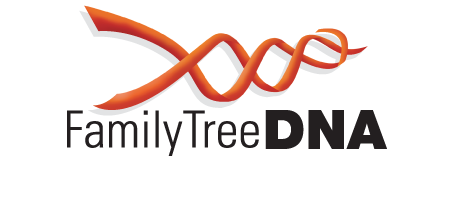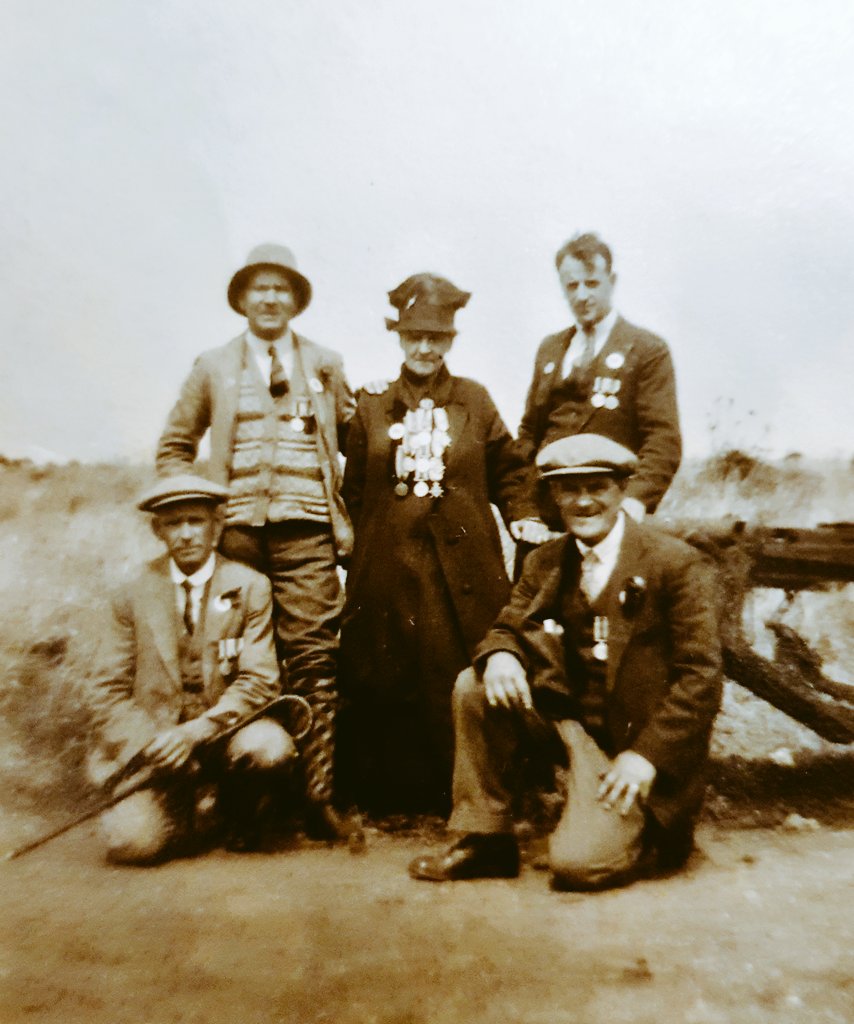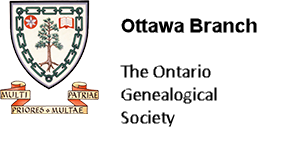British Armed Forces, First World War Soldiers' Medical Records
Over 224,000 new records added to the FMP collection of National Archive's First World War Soldiers' Medical Records. Including both images of transcripts, these records will enable you to discover when and where wounded, the nature of the wounds, where they were treated, how long they were held for treatment and details pertaining to their service history.
This collection comprises The National Archives' series, MH106, War Office: First World War Representative Medical Records of Servicemen. Only a sample of the medical records was retained. These records are a representative selection of the full collection of medical records created during the war. Due to data protection, FMP has only published records where the admission year is dated back 100 years. For this reason, more records will be released in the coming years. The records include admissions and discharge records from hospitals, field ambulances, and casualty clearing stations. You will also find records from Queen Alexandra's Military Hospital before the First World War, dating from 1910. The hospitals and medical facilities in the records are: 2nd General Hospital;
4th Stationary Hospital; 14th Field Ambulance; 18th General Hospital; 19th General Hospital; 28th General Hospital; 31st Ambulance Train; 51st Field Ambulance; 66th Field Ambulance; 139th Field Ambulance; 149th Field Ambulance; Catterick Military Hospital; County of Middlesex War Hospital at Napsbury; Craiglockhart Hospital; HM Hospital Ship Assaye; No 3 Casualty Clearing Station; No 11 Casualty Clearing Station; No 31 Casualty Clearing Station; No 34 Casualty Clearing Station; No 34 Combined Clearing Hospital; No 39 Casualty Clearing Station; No 39 Casualty Clearing Hospital; No 82 Casualty Clearing Station; Queen Alexandra's Military Hospital at Millbank
King's Royal Rifle Corps Chronicle 1900-1920
More than 2,400 pages offering fascinating glimpses glimpses into a proud regiment and its evolution from the Boer war to the end of the First World War. These books provide, in many cases, the only record of men who served with the King's Royal Corps, certainly up until 1914. This is the most complete collection of King's Royal Rifle Corps Chronicles published online.
The King's Royal Rifle Corps Chronicle was first published by the regiment in 1901 and this release by Findmypast covers the years 1901 to 1920 with gaps, at present, for 1915 and 1919. The King's Royal Rifle Corps fielded four regular battalions and a regimental depot headquartered at Winchester and the chronicles record, in often minute detail, where these battalions were stationed and what they were doing in those stations. All serving officers are named, as well as colour sergeants and often other senior NCOs and some riflemen.
Rifle Brigade Chronicle 1890-1920
First published by the regiment in 1890 the Chronicle on FMP contains over 4,800 pages and covers a complete run from 1890 to 1920. These volumes will be of particular interest to anyone who has a general fascination for the late Victorian and Edwardian regular army and the evolution, and destruction, of a regiment during the First World War. These books provide, in many cases, the only record of men who served with the Rifle Brigade, certainly up until 1914.
The volumes are often profusely illustrated with the men appearing in these photos usually named. The volume for 1893, in particular, includes a number of plates of named officers, warrant officers and NCOs from the 1st, 2nd and 4th Battalions as well as articles on such diverse topics as notes from the Crimea, the Mashonaland frontier delimitation, marching in India, and sport in Western Tibet. Sport played a big part of regimental life and inter-company and inter-regimental sports are often detailed at great length.
British Armed Forces, Board Of Trade Rolls Of Honour 1914-1918
On the 19 December 1923, Prime Minister, Stanley Baldwin, a former President of the Board of Trade unveiled a Roll of Honour which was initiated by the staff after the war. The Roll was inscribed with the details of more than 2,600 employees who lost their lives during the Great War.
Each record is a transcript of the original. The amount of information listed varies, but the records will usually list a combination of birth year, birth place, death date, manner of death, place of enlistment, service number, regiment/corps, rank, decorations, civil rank, home department, family details, residence and more.
























